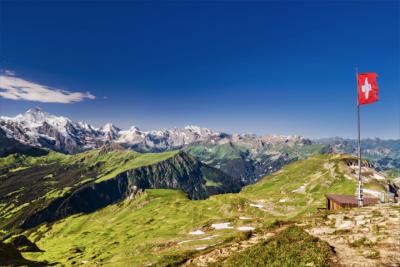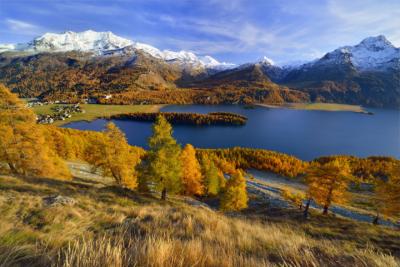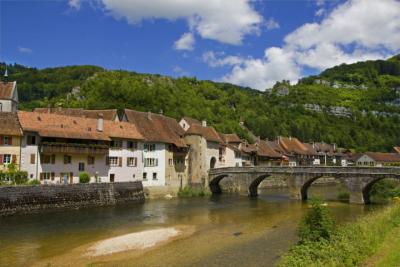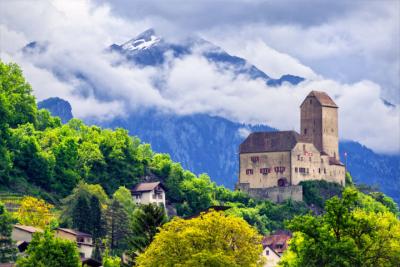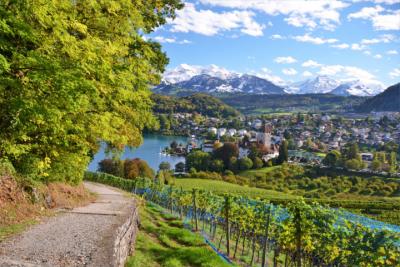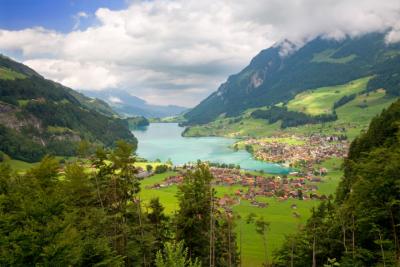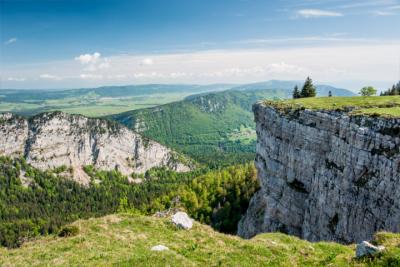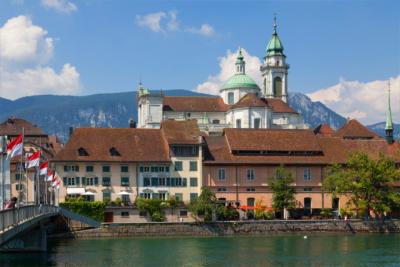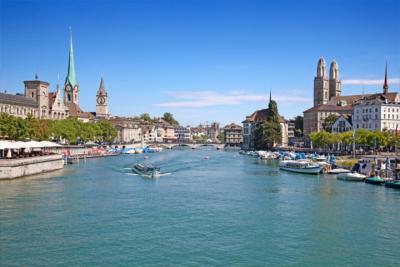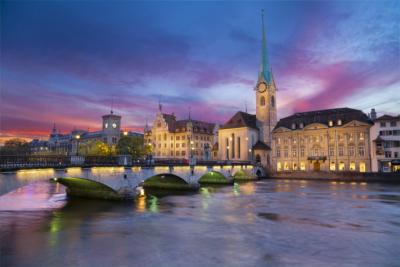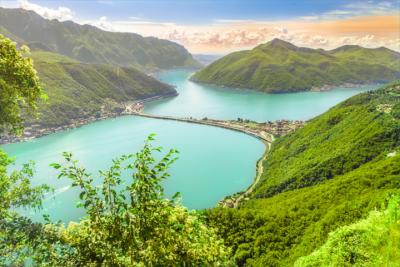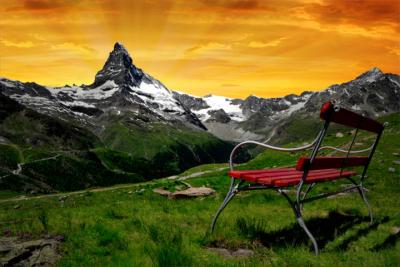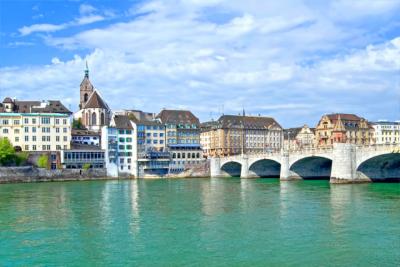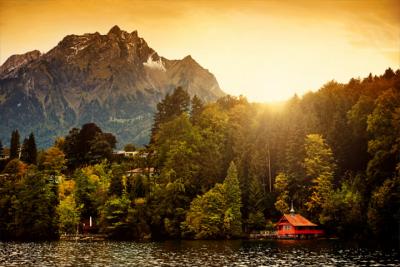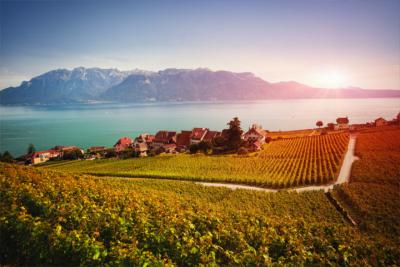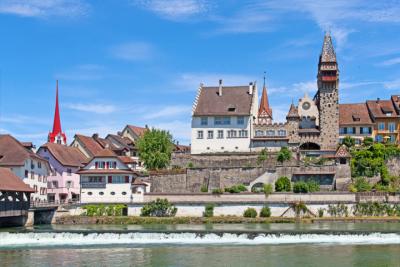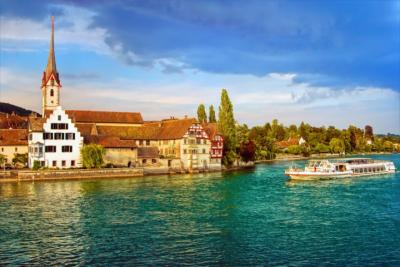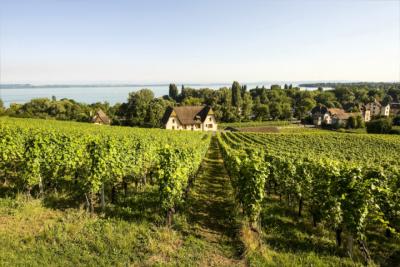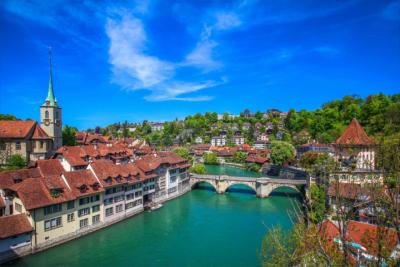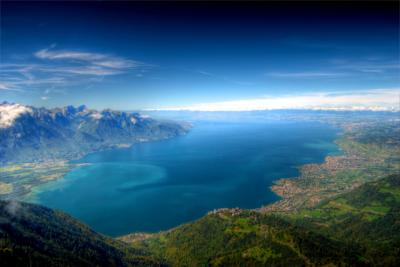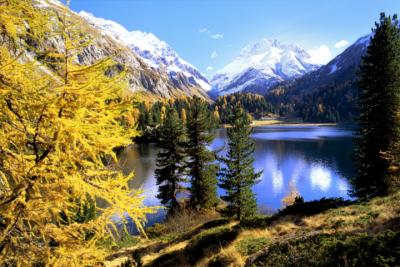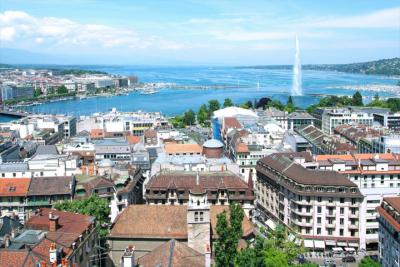Travel Offers
Travelmyne Featureprint
Distance
Engadin - A Swiss Natural and Winter Sports Paradise
Scenic landscapes, dreamy Rhaeto-Romanic villages, delicious food and the winter sports paradise St. Moritz promise a first-rate travel experience. The Engadin offers variety in both summer and winter.

Geography - An impressive valley and its tributary valleys
The Engadin is a valley south of the Alps in the Canton of Graubünden, which is over 80 kilometres long. It is one of the highest situated populated valleys in Europe and comprises the regions Upper and Lower Engadin. The most popular and famous region in the Engadin is without doubt the holiday resort St. Moritz. Other important areas are Pontresina, Celerina, Maloja, Samedan, Sils im Engadin, Silvaplana, Zernez and Zuoz. The region's good reputation is caused by the many sunny days (322 per year). While it is often down to -30 °C cold in winter, the climate is pleasant in summer most of the time thanks to the dry air and the sun. There are several climatic differences between the Upper and the Lower Engadin. The temperatures can be higher than 30 °C in summer in the Lower Engadin but it is 30 °C hot in the Upper Engadin.

Nature - Magnificent birds, wild gorges and scenic lakes
The scenery in the Engadin is characterised by breathtakingly beautiful and native nature. Travellers find the Swiss National Park here, which accommodates a fascinating flora and fauna. While the forests are home to deer and red deer, the mountains are populated by many chamois and ibexes. In addition, there is an impressive variety of bird species such as Eurasian nuthatches and tits (e.g. the European crested tit and the marsh tit). Engadin's flora is as rich as its fauna. You find a great number of cryptogams (e.g. mushrooms, mosses, lichens and ferns) and minerals (smithsonite, chalcopyrite and galena). The many mineral springs in St. Moritz and Scuol-Tarasp are even more significant. St. Moritz lies in the middle of the Upper Engadin lakes, which are located at a height of 1,600 to 1,800 metres. Examples are Lake Sils, Lake Silvaplana, Lake Champfèr and Lake St. Moritz. The Upper Engadin is characterised by much greater slopes with wild gorges and sceneries. The gorge in Finstermünz is probably the wildest one.

Culture - Rhaeto-Romanic villages and mineral springs
Regarding language, the Engadin is different from other Swiss regions. Its population mainly speaks Romansh. While people mostly speak Putér in the Upper Engadin, they speak Vallader in the Lower Engadin - two dialects which differ in both writing and speech. Another thing which distinguishes these regions are the many Romanesque villages. The Engadin house, a three-storey byre-dwelling (Wohnstallhaus), is a special piece of architecture. Many of its massive stone walls were decorated with the so-called sgraffito technique. Other highlights are the mineral springs of Scuol and the Abbey of Saint John in the biosphere reserve of the Müstair valley, which is a UNESCO World Heritage site. Lovers of culture definitely get their money's worth in this region because it accommodates countless museums and galleries. Examples are the Alberto Giacometti Museum, the village museum in Vnà, the Museum d’Engiadina Bassa ("Museum of Lower Engadin") and the Stamparia Strada (Printing Museum).

Experience - Discovering Engadin's traditional cuisine
St. Moritz is smart, exclusive and has a cosmopolitan ambience. After all, it is not one of the world's most popular winter sports regions for no reason. High society meets here, especially in the winter months. St. Moritz attracts visitors with a great number of events and a vibrant lifestyle but it is also considered an oasis of calm and relaxation. The sparkling mineral springs, the Alpenmoor and the intense, bracing alpine climate as well as the great variety of beauty and health services make the region the perfect destination for spa holidays. There are as much as 37 mountain restaurants, in which you can try the local cuisine of the Engadin. It is most of all hearty and influenced by Tyrol's cuisine. One culinary speciality and a popular souvenir is the Engadiner Nusstorte (nut cake). Other local delicacies are the pear and fruit bread, the Bündnerfleisch (dried meat), the Salsiz (an air-dried or smoked sausage), the pizokel (dough-balls), the capuns (stuffed chard leaves) and the Plain in Pigna (a typical potato dish). Samnaun is a unique shopping paradise because it is the only duty free area in Switzerland and Europe's highest situated shopping street. You can buy exclusive perfumes, fashion and jewellery here as well as first-rate spirits and tobacco products at reasonable prices. There is no room for boredom in the evening either because St. Moritz offers an exciting and lively nightlife.

Activities - A great variety of activities in both summer and winter
The leisure and sporting activities in the Engadin are boundless. Everyone finds something to do, no matter if you are a beginner or an advanced sportsperson. While travellers can go snowboarding, skiing, snowkiting, skijoring, bobsleighing and skeleton sleighing in winter, mountain biking, in-line skating, gliding, golfing, tennis and equestrian sports are popular activities in summer. The lakes and rivers in the Engadin are excellently suited for going swimming, fishing, bathing, surfing, kite surfing and sailing and the mountain ranges offer great conditions for mountaineers, climbers and paragliders. Furthermore, you find well-developed hiking and Nordic Walking trails of 500 kilometres of length altogether. Visitors who want to see the breathtaking landscape of the Engadin from above should go on a hot-air balloon or helicopter flight.

Information
The easiest way of reaching the Engadin is by car or train via the Flüela or Julier Pass. To get to Italy, you can use the Bernina or Maloja Pass from the Upper Engadin or the Ofen or Reschen Pass from the Lower Engadin. Two railway lines run into the Engadin north of the Alps. The route from Chur to Samedan is considered one of the most exciting ones on earth and was declared a World Cultural Heritage site by the UNESCO in 2006.
No matter at which time of the year you visit the Engadin, the region always has a lot to offer. After all, it is not one of the most popular travel destinations in Switzerland for no reason. Both lovers of nature, active holidaymakers and connoisseurs will enjoy a trip to this valley.

